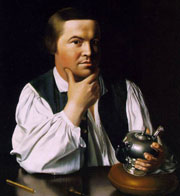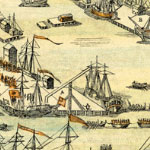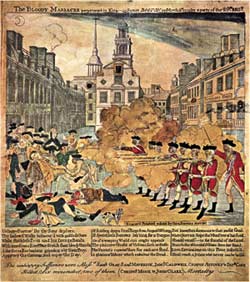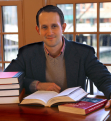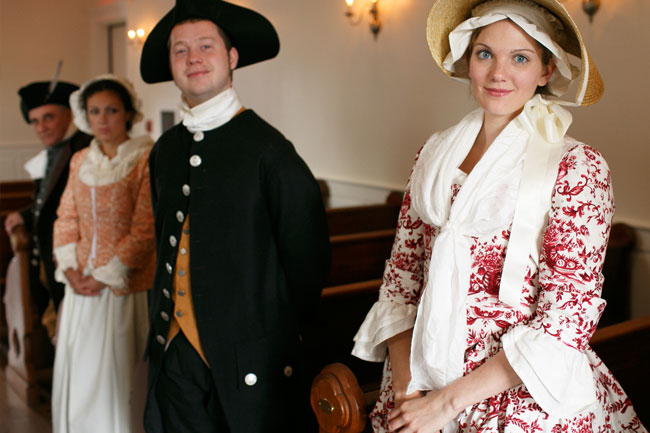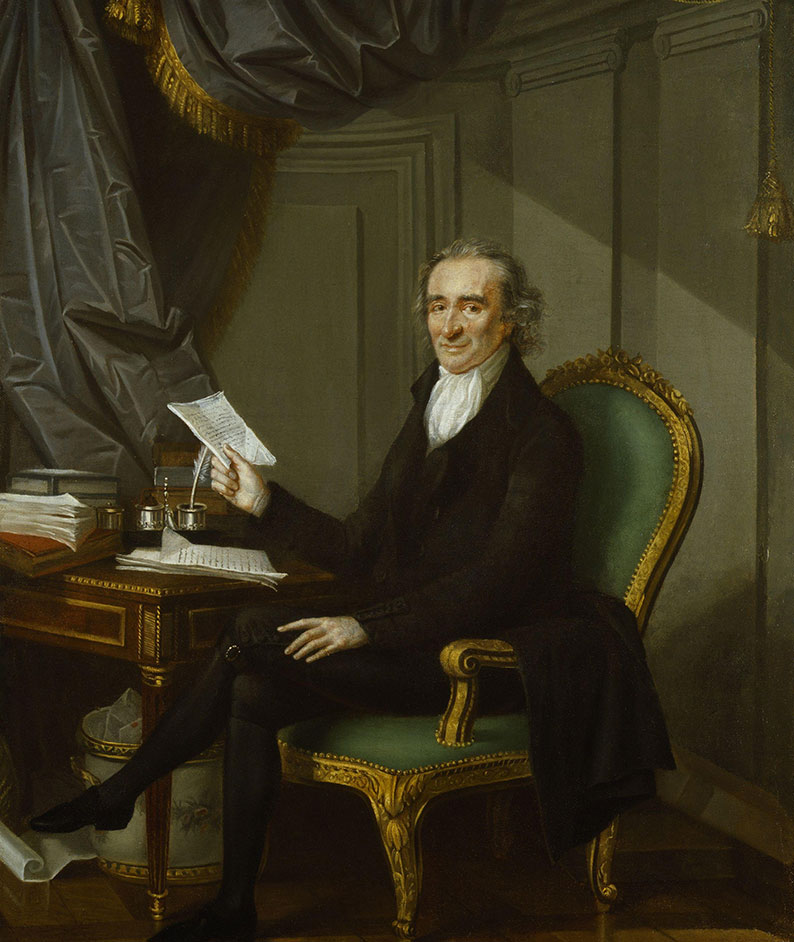Paul Revere was an early revolutionary from Boston who made a number of key connections with leaders of the Loyal Nine and Sons of Liberty. While he is most remembered for his Midnight Ride, his copper engravings and other works of propaganda portrayed Boston as an oppressed and ill-treated town, occupied by a brutal army of British regulars. After the war, he went on to be a successful entrepreneur opening an iron foundry, and later a copper mill which produced practical goods for the local populace.
Paul Revere was born in the North End of Boston on December 21, 1734. Although Revere originated from the middling sort, through his membership in St. Andrews Lodge of Freemasons, he made connections with a number of people who later became the founding members of the Loyal Nine. Although he was not a member of the Loyal Nine, it is believed that he assisted this predecessor organization of the Sons of Liberty in leading political protests against Parliament’s authority to tax the colonies. While he was not known for exceptional oratory, he was a master of propaganda, and his works helped the Sons of Liberty galvanize support for their dissident cause.
